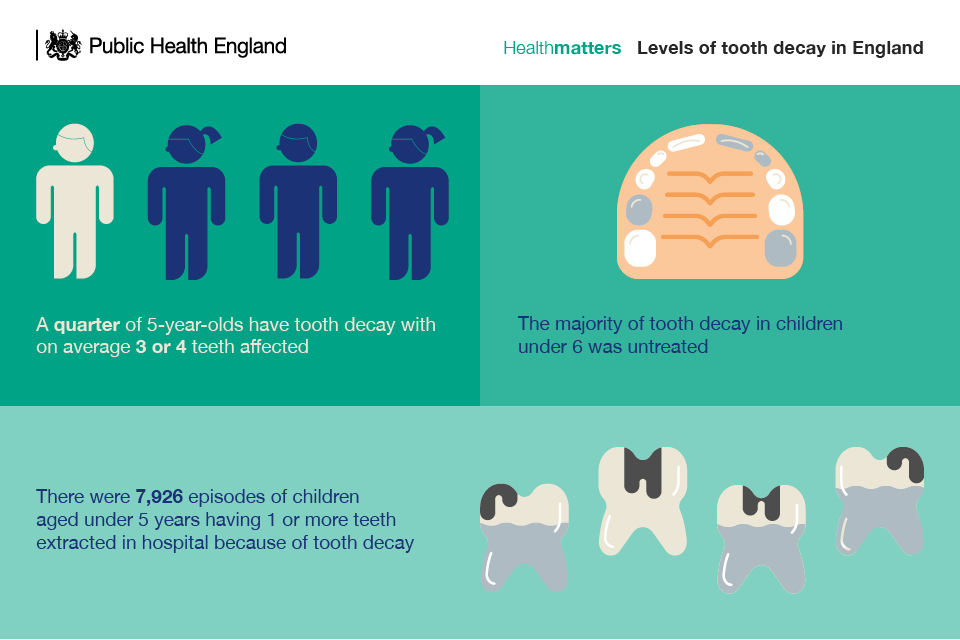The Development Of Oral Surgery: Cutting-Edge Innovations And Advancements Affecting The Area
The Development Of Oral Surgery: Cutting-Edge Innovations And Advancements Affecting The Area
Blog Article
Content Written By-Borg Dowd
Welcome to the globe of dental surgery, where developments and developments are forming the future of the field! In this exciting world, you'll witness the transformative power of robotics, the cutting-edge marvel of 3D printing, and the game-changing impact of minimally intrusive techniques.
The future of oral surgery holds a promise of precision, performance, and enhanced client results. With the help of sophisticated robotics, doctors are able to do complicated treatments with greater accuracy and control.
3D printing innovation is changing the production of dental implants and prosthetics, using personalized remedies that fit perfectly into each individual's one-of-a-kind composition.
In addition, minimally invasive techniques are lowering post-operative discomfort and recuperation time, allowing patients to return to their day-to-days live sooner.
Prepare yourself to explore the interesting innovations and advances that are improving the landscape of dental surgery!
Advancements in Robotics
One significant advancement in oral surgery is making use of robot innovation, which allows for specific and reliable procedures. With the help of robot systems, oral specialists have the capability to execute complex surgical treatments with boosted precision, decreasing the risk of human error.
These robot systems are outfitted with sophisticated imaging modern technology and specific tools that enable specialists to browse via intricate anatomical structures effortlessly. By making use of robot modern technology, doctors can achieve higher surgical accuracy, causing boosted individual end results and faster recuperation times.
In addition, the use of robotics in dental surgery permits minimally intrusive procedures, lowering the injury to bordering tissues and promoting faster recovery.
3D Printing in Dental Surgery
To boost the field of oral surgery, you can check out the subtopic of 3D printing in oral surgery. This ingenious innovation has the prospective to transform the way dental doctors run and treat clients. family dental care are 4 vital methods which 3D printing is forming the area:
- ** Personalized Surgical Guides **: 3D printing allows for the production of extremely exact and patient-specific medical guides, boosting the precision and efficiency of procedures.
- ** Implant Prosthetics **: With 3D printing, oral doctors can create customized implant prosthetics that flawlessly fit a person's special composition, resulting in far better results and patient satisfaction.
- ** Bone Grafting **: 3D printing enables https://fox2now.com/studiostl/fashion-and-beauty/power-swabs-offers-50-off-teeth-whitening-for-a-bright-smile-8/ manufacturing of patient-specific bone grafts, lowering the requirement for traditional grafting methods and improving healing and recovery time.
- ** Education and learning and Educating **: 3D printing can be utilized to create sensible medical versions for academic functions, enabling oral doctors to exercise intricate treatments prior to doing them on individuals.
With its prospective to boost accuracy, modification, and training, 3D printing is an exciting advancement in the field of oral surgery.
Minimally Intrusive Methods
To better advance the area of oral surgery, embrace the possibility of minimally intrusive techniques that can significantly profit both surgeons and people alike.
Minimally intrusive methods are revolutionizing the field by minimizing medical trauma, reducing post-operative discomfort, and increasing the healing process. These methods entail making use of smaller sized lacerations and specialized tools to execute treatments with accuracy and efficiency.
By making use of sophisticated imaging technology, such as cone beam of light computed tomography (CBCT), cosmetic surgeons can accurately intend and implement surgeries with marginal invasiveness.
In addition, the use of lasers in dental surgery allows for accurate cells cutting and coagulation, resulting in decreased bleeding and decreased healing time.
With minimally intrusive strategies, clients can experience faster recovery, reduced scarring, and enhanced results, making it an essential aspect of the future of oral surgery.
Verdict
So, as you can see, the future of oral surgery is exceptionally promising, with amazing innovations and advancements shaping the area.
From the improvements in robotics to making use of 3D printing and minimally intrusive strategies, dental doctors are changing the means they offer treatment.
While some might fret about the possible cost associated with these innovations, it is essential to remember that these innovations inevitably boost individual results and reduce healing time, making them well worth the financial investment over time.
